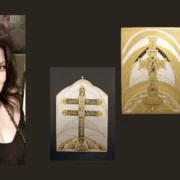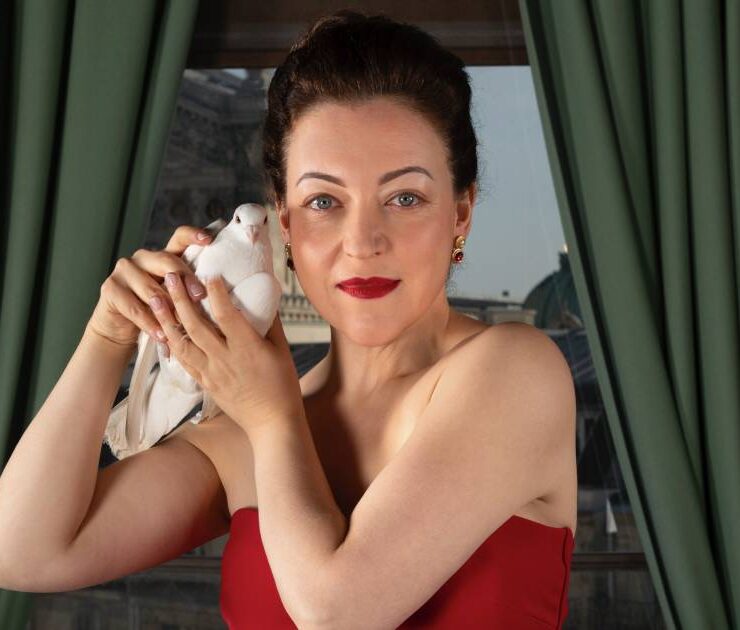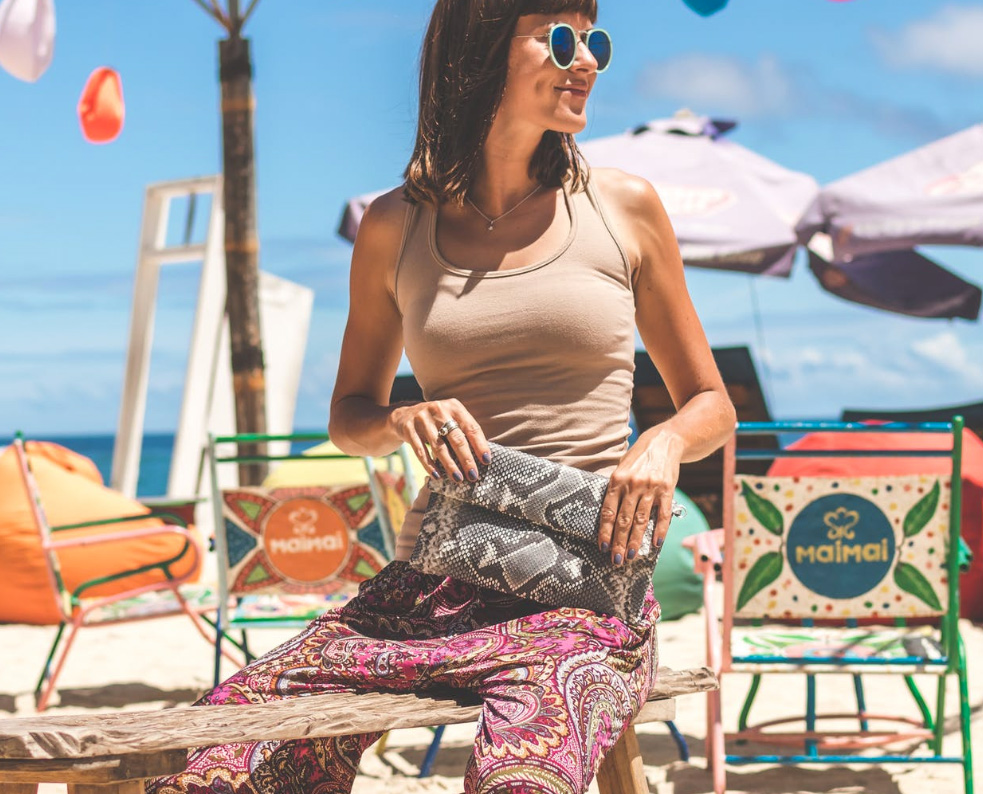Tinos – The muse of the Aegean. Experience it, feel it, taste it!
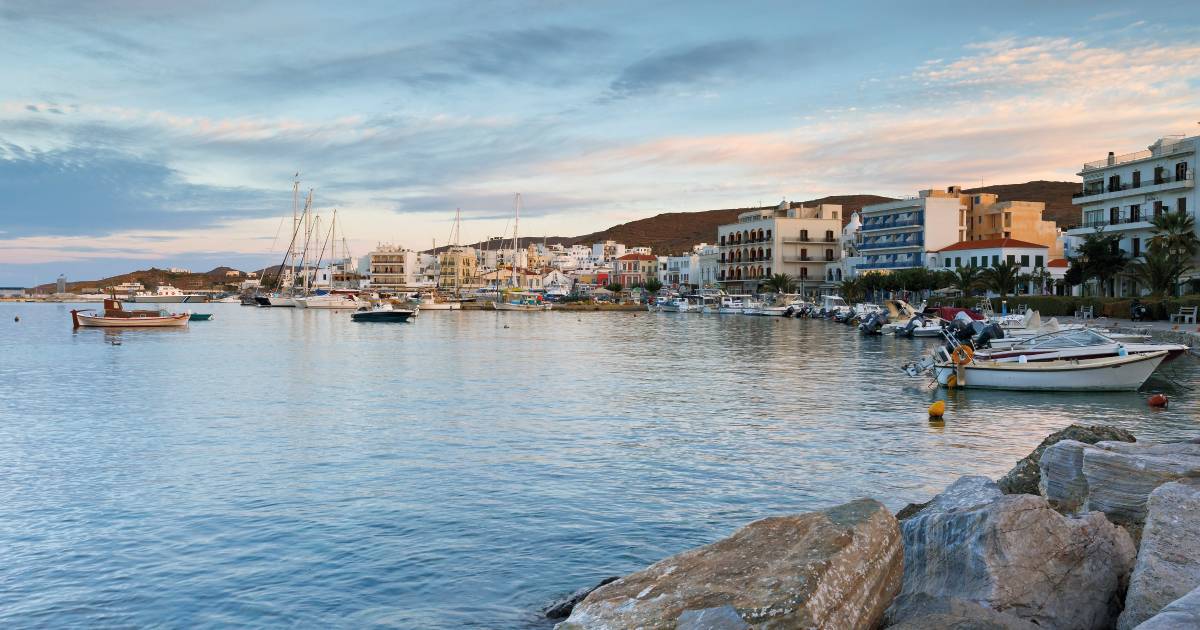
A gorgeous island where both nature’s and human’s creativity are evident in every visible or hidden corner. In contrast to the summer, this time of year Tinos has a quite different appearance. It is worthwhile to explore its numerous lovely villages, strolling through its recently white-painted alleys, and enjoying its delectable delicacies that are infused with tradition.
Text – Photographs: Ioanna Paravalou
Our gratitude to the Holy Metropolis of Syros – Tinos for the photographs and information
Wander in its unique beauty…
Unique island with unlimited holiness and an abundance of beauty… The island of winds that blow away all negativity and infuse you with enthusiasm… Barren, rugged, and tenacious, like the arid stones that keep every bit of rich soil… The island of great painters such as Nikolaos Gyzis and Nikiforos Lytras were born and flourished in its borders, as were notable sculptors such as Giannoulis Halepas, Dimitrios Philippotis, Georgios Vitalis, and others.
Golden beaches with crystal-clear waters, serene even during summer, white-painted chapels perched on the steepest points or by the sea, as well as intricate dovecotes, sometimes decorated in stone colors, others dressed in white or faded by the touch of time, scattered in every corner, uniquely embellish this island.
The attraction of this island is well veiled in its forty all-white villages, its gems. Houses with marble lintels, hundreds of churches and chapels that appear on wind-swept slopes and by the sea, exquisite dovecotes dispersed around the island, and welcoming people who make you feel like a good friend… all contribute to Tinos’s allure.



Using mainly materials like slate, marble, and granite, the skillful hands of Tinos have created masterpieces of art in lintels, window frames, arches, and bell towers, bestowing their artistic touch upon the island’s all-white picturesque villages, where the untouched beauty of Tinos resides… Today, the tradition in the arts is carried on by anonymous marble sculptors, painters, and woodcarvers, who imprint their art and emotions in their creations… Among the villages worth strolling through are Triantaros, Dyo Choria, Volax, Kardiani, Ysternia, Pyrgos, Agapi Village, Tripotamos, Ktikados, Tarabados, Smardakito, Falatados, and Arnados. For ouzo and seafood “mezes”(delicacies) by the sea, we will descend from Pyrgos to Panormos, from Kardiani to the Giannaki cove, and from Ysternia to the Ysternia Cove. If the weather allows, we will take our first dip in the crystal-clear waters of the enchanting beaches Kolymbithra, Ai Giannis Porto, Skilantar, Santa Margarita, Pachia Ammos, Livada, Rohari, and Agios Romanos.
1823-2023: Two centuries since the discovery of the Miraculous Icon of the Virgin Mary
In 2023, two centuries have passed since the discovery of the icon of Panagia of Tinos in Greece. In 1822, an elderly nun named Pelagia had a vision in which the Virgin Mary instructed her to find Her hidden Icon.


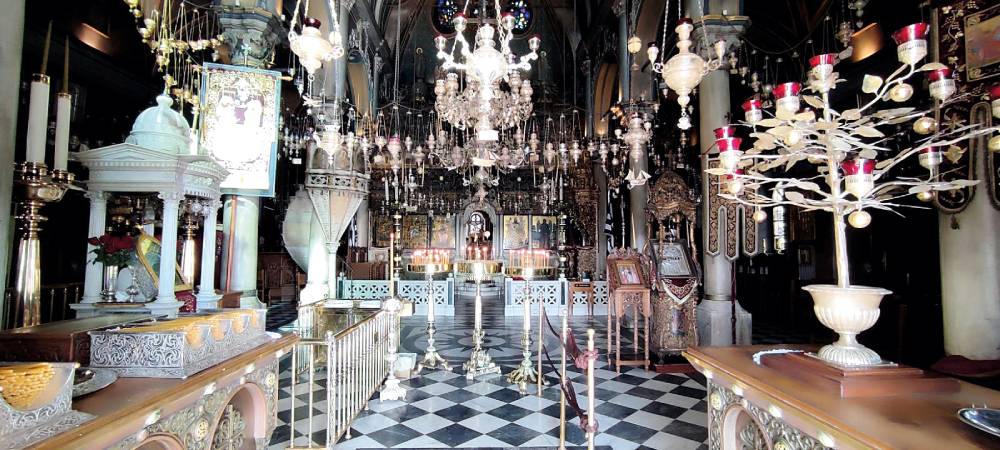
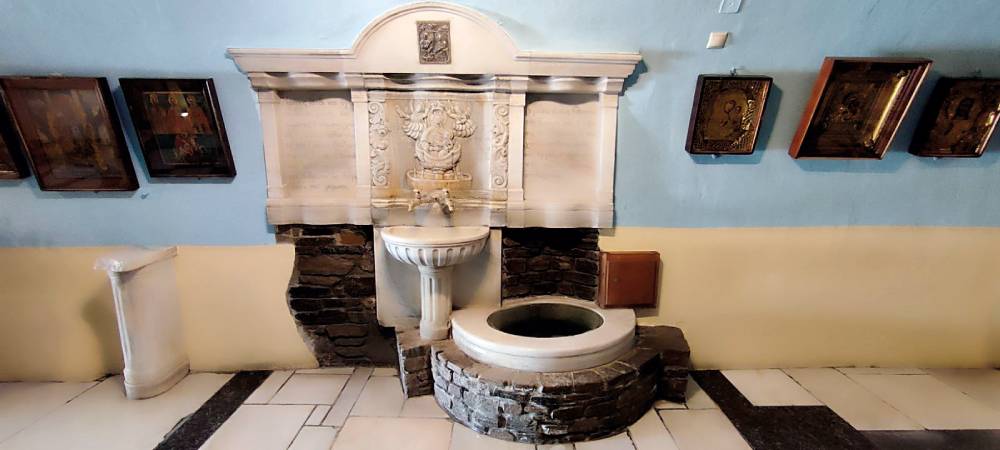
A year later, on the feast of the Three Holy Hierarchs, the miraculous icon was unveiled. This event quickly spread across the nation, drawing prominent figures like Makrygiannis, Kolokotronis, Miaoulis, and Nikitaras, who saw it as a divine message for the Greek national liberation. Since then, Panagia of Tinos has remained a constant pilgrimage site for Orthodox believers seeking inner peace and redemption.
Tinos of Arts & Culture
The Tinos Art Gallery
The Tinos Art Gallery houses over 120 works by prominent Greek and foreign painters. You can admire pieces by Altamoura, Argyros, Aylihos, Volanakis, Vryzakis, Doxara, Partheni, Roilos, and more. Notably, works by renowned Greek artists Nikiforos Lytras and Nikolaos Gyzis, both Tinos natives, are also featured.
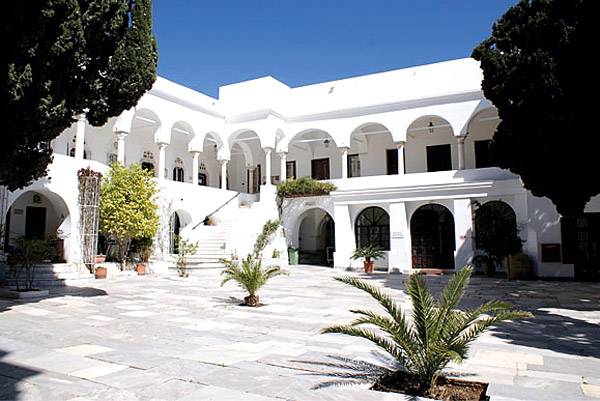
The European artists’ collection includes works and replicas by Velázquez, Veronese, Castelli, Correggio, Málaga, Murillo, Poussin, Rembrandt, Rubens, Titian, and others. Valuable decorative objects and period furniture are also on display in the same location, within the northwestern wing of the complex.
The Ursuline Monastery Museum
The Ursuline Monastery Museum has a rich history. The Ursuline sisters established various educational institutions over the years, including an orphanage, school, and art academy, making it a unique institution in Greece.
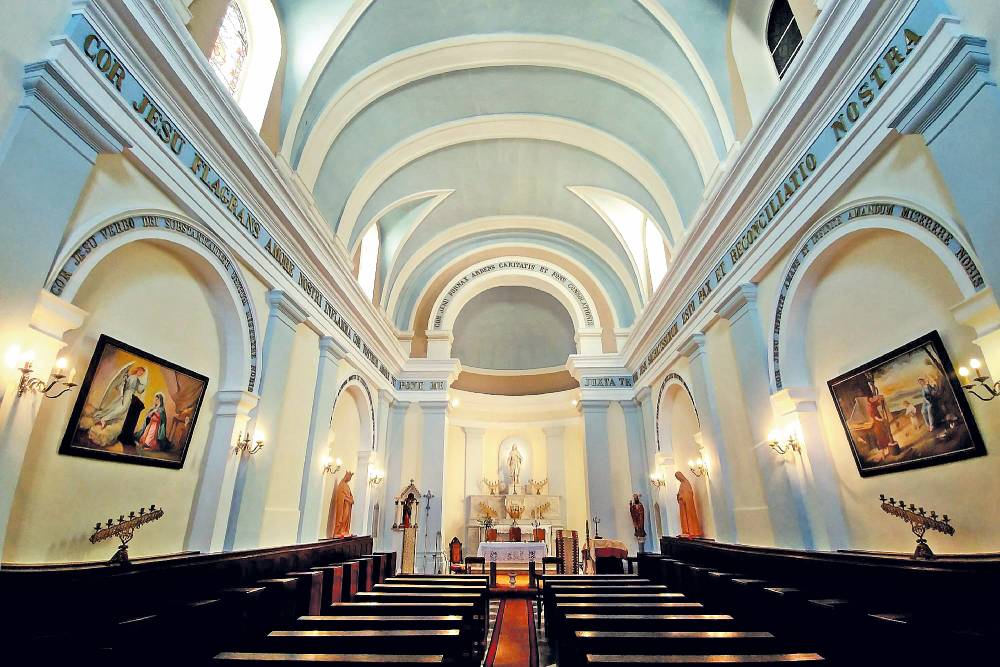
One notable room is the sewing room with handmade artworks by students and nuns, including theatrical costumes and sacred vestments. Visit this intriguing museum in Tinos at Loutro. Contact at 2283051490.
The Tinos Panormos Art School
The Art School serves as a stepping stone to the Athens School of Fine Arts, with a strong connection to marble sculpting, continuing Greece’s rich marble craftsmanship tradition. Simultaneously, it broadens students‘ horizons in sculpture, painting, design, and art history.

Renowned teachers like Nikos Gaitis, Ioannis Philippotis, and Tasos Aridas have taught here. It is located in the Historic Community of Panormos, in the village of Pyrgos.
The Yanoulis Halepas House-Museum in Pyrgos
Hanging clothes, his personal belongings left as they were, his bedroom, and his workshop, all carrying memories from the period 1902-1930 when the renowned Greek sculptor lived in Pyrgos and his mind led him on risky paths, but it couldn’t limit his creativity.
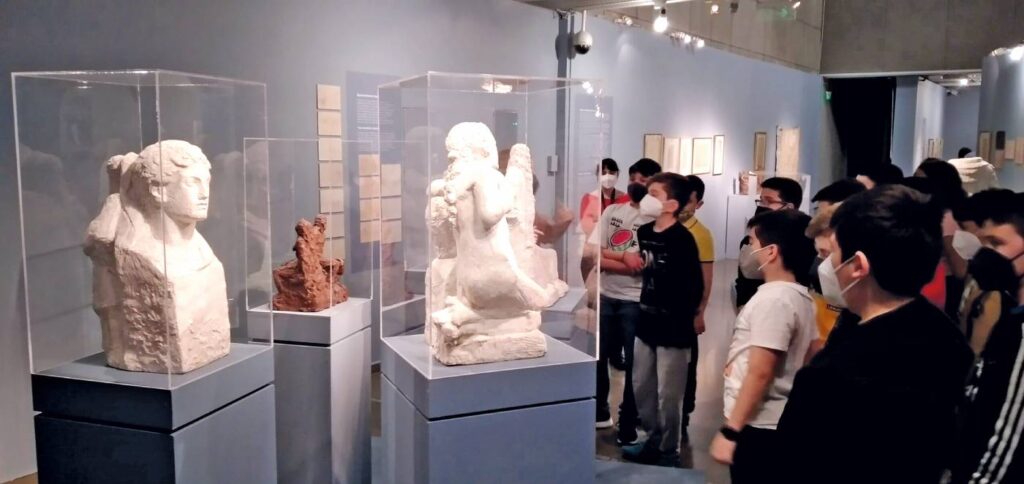
Some of Halepas’s most important works, his own sketches, and photographic material complement the museum’s valuable collection.
At the Museum of Marble Crafts
The quintessential artistic village of Tinos is Pyrgos. Here, the excellent Marble Crafts Museum was constructed, to guide us or even educate us through the place’s tradition of marble carving throughout time…
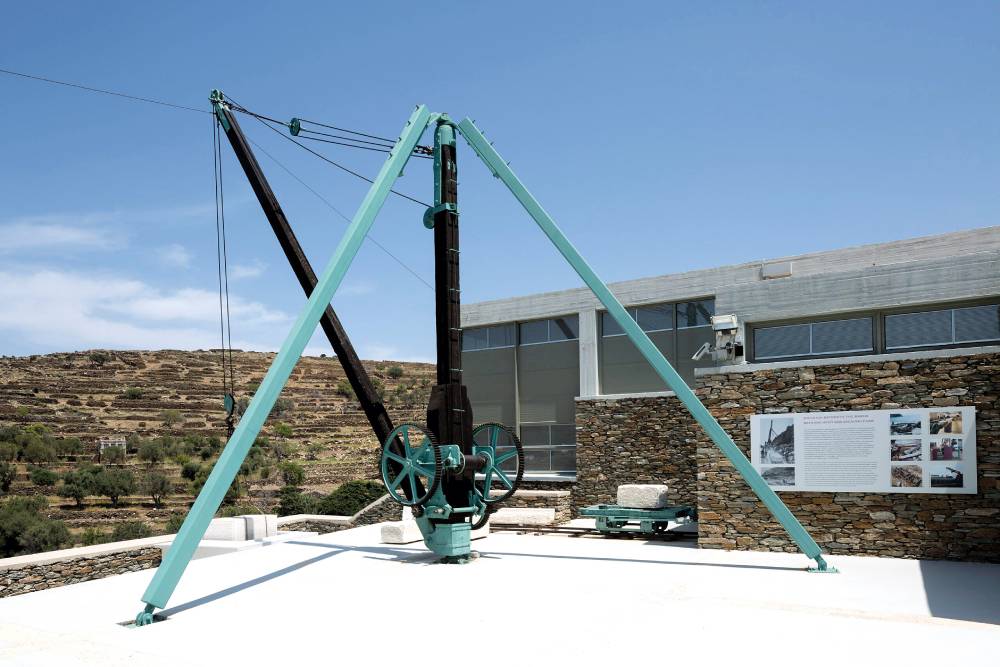
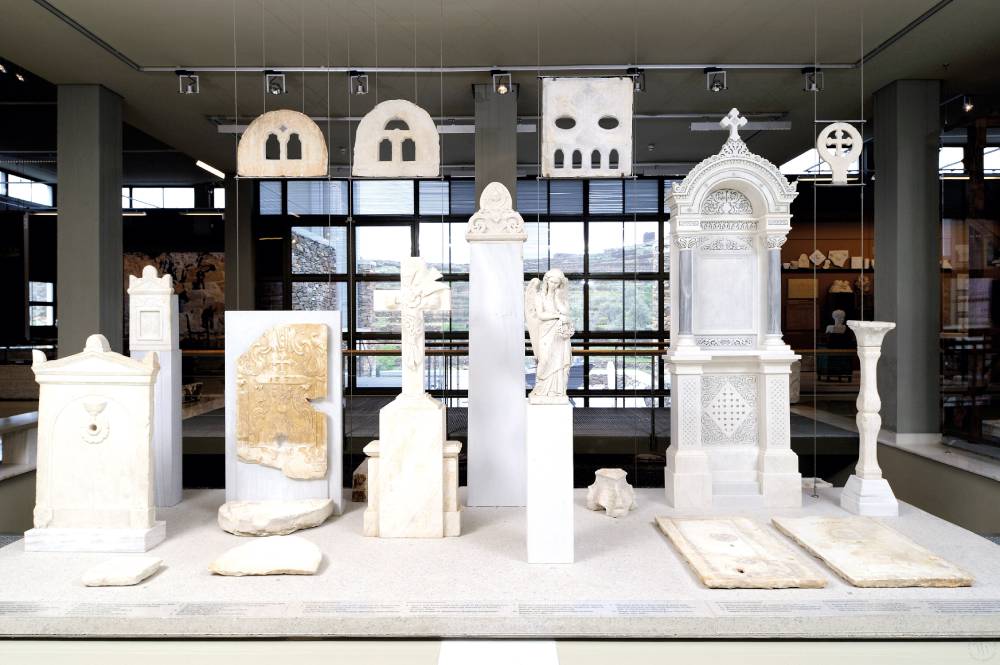
The Marble Crafts Museum, thanks to the commendable efforts of Piraeus Bank, encapsulates the entire journey of creation on marble within its walls. We shall see how the artist is inspired by Tinos’ natural beauty and carves with respect and tenderness a material as marble, hard but pure, conferring shape onto the formless and transforming it into everlasting worth.
The Tinos Archaeological Museum
The museum showcases numerous burial vessels from the Geometric period (10th-8th century BCE) and everyday use ceramics (6th to 2nd century BCE), sculptures, mainly Hellenistic heads, and Roman copies.
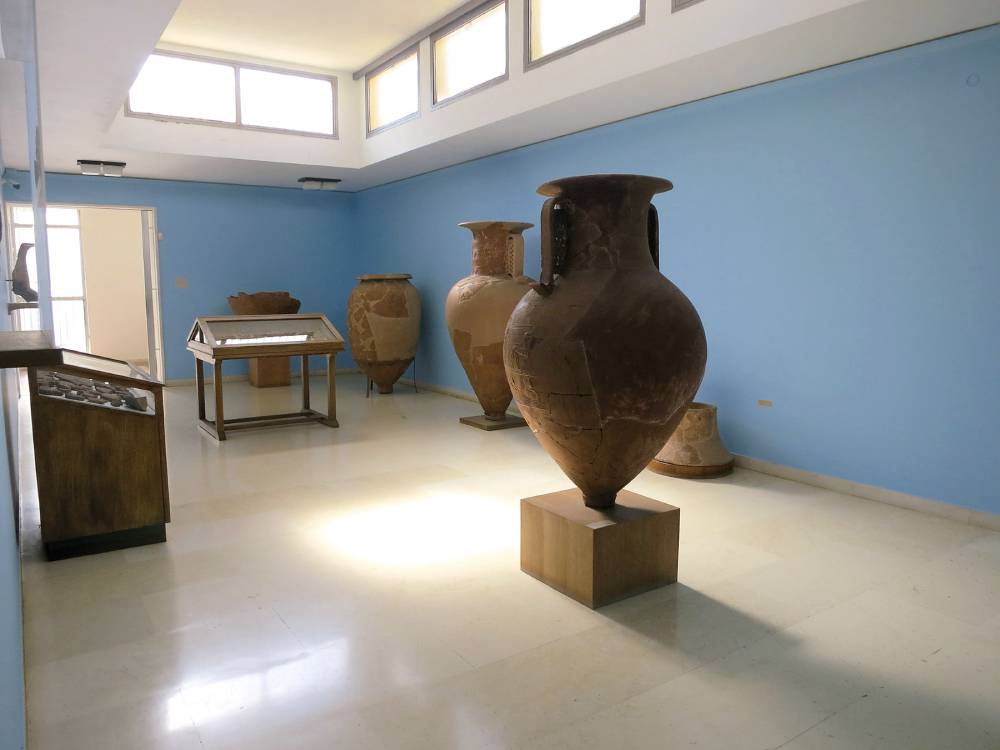
The exhibition also includes relief funerary columns and the marble solar clock of Andronikos from Kyrenia, a precursor to the Antikythera mechanism. Located in Chora, Tinos, on Megaloharis Avenue leading to the Panagia Evangelistria Church.
Kostas Tsoklis Museum
Renowned Greek visual artist Kostas Tsoklis envisioned the museum as his intellectual child. Here, we not only have the opportunity to see his work but also references to the work of other artists whose paths he followed concurrently.
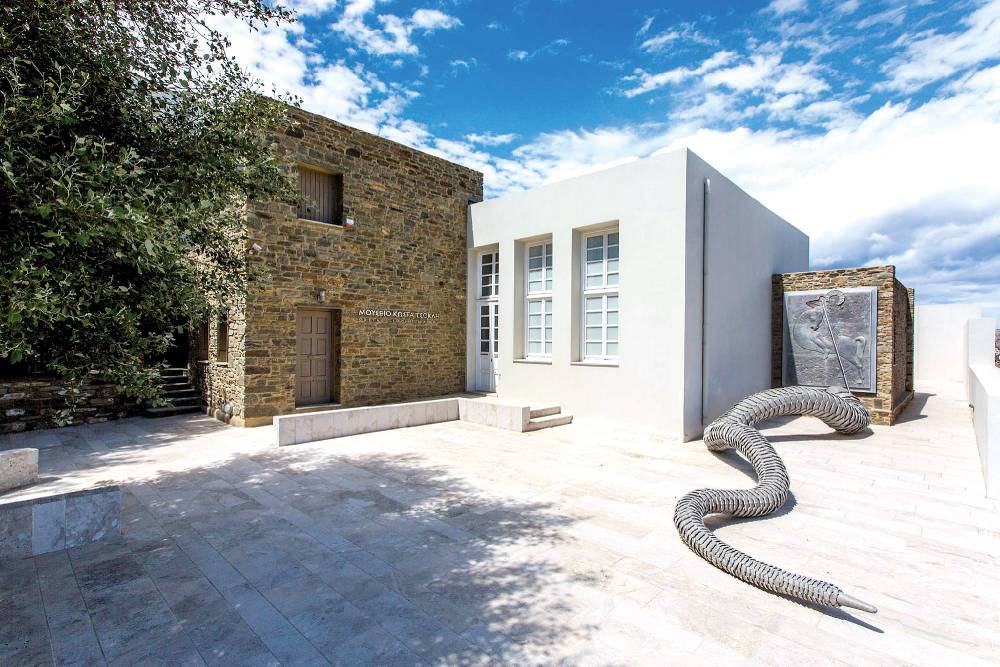
Visit this captivating museum in Tinos, at Kampos, and contact at +30 22830 51009. Open from June 1st to September 30th, daily from 10:00 AM to 2:00 PM and 6:00 PM to 9:00 PM, closed on Tuesdays.
Tinos Artists Museum in Pyrgos
The museum houses works of art by prominent Panormos artists such as G. Halepas, D. Philippotis, G. Vitalis, L. Doukas, I. Lambaditis, L. Sohos, G. Kaparias, I. Koulouris, and more.
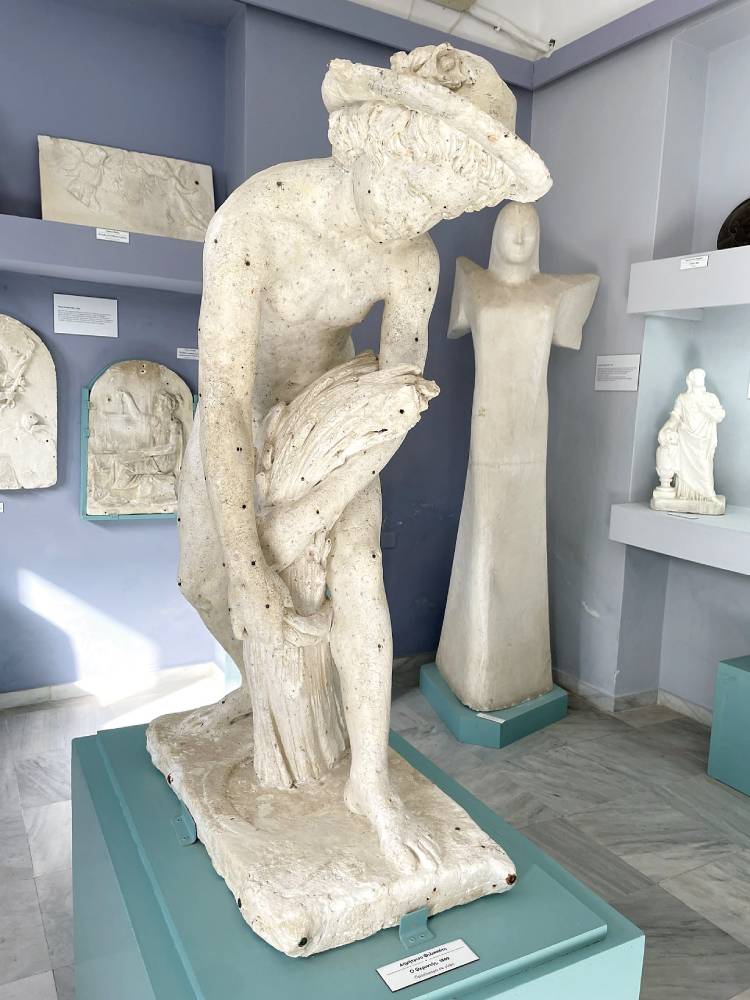
Tinos Theater Group
Tinos, as an authentic island of the arts, could not be without a theater group. The “Theatropoieio” group has embarked on a nineteen-year journey filled with performances, collaborations with almost all cultural entities in the region, and participation in festivals.

Tinos Food Paths
Tinos Food Paths is an organized movement of the entrepreneurs of the Association of Stores of Health Interest of Tinos for the use of local ingredients. Like a fist, the young – mainly – catering entrepreneurs of the island, join with others from gastronomy (producers, winemakers, confectioners, brewers) to promote Tinos as a remarkable gastronomic destination.
Cultural Foundation of Tinos Conference, Exhibition, Research Center
Founded in 2002 by the Panhellenic Holy Foundation of Evangelistria of Tinos, serves as a focal point for the cultural activities of the island.
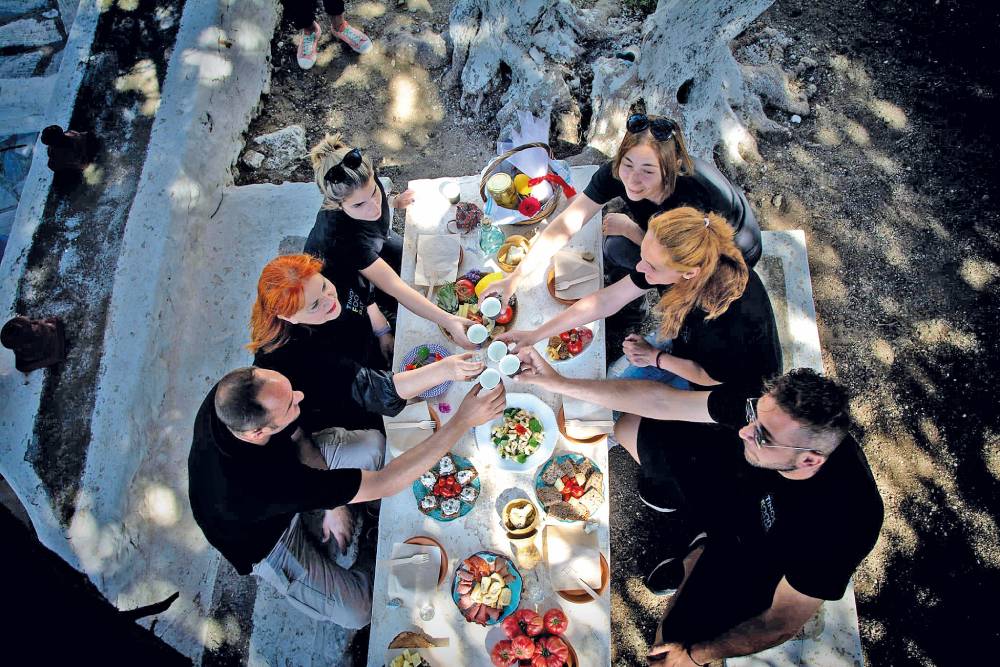
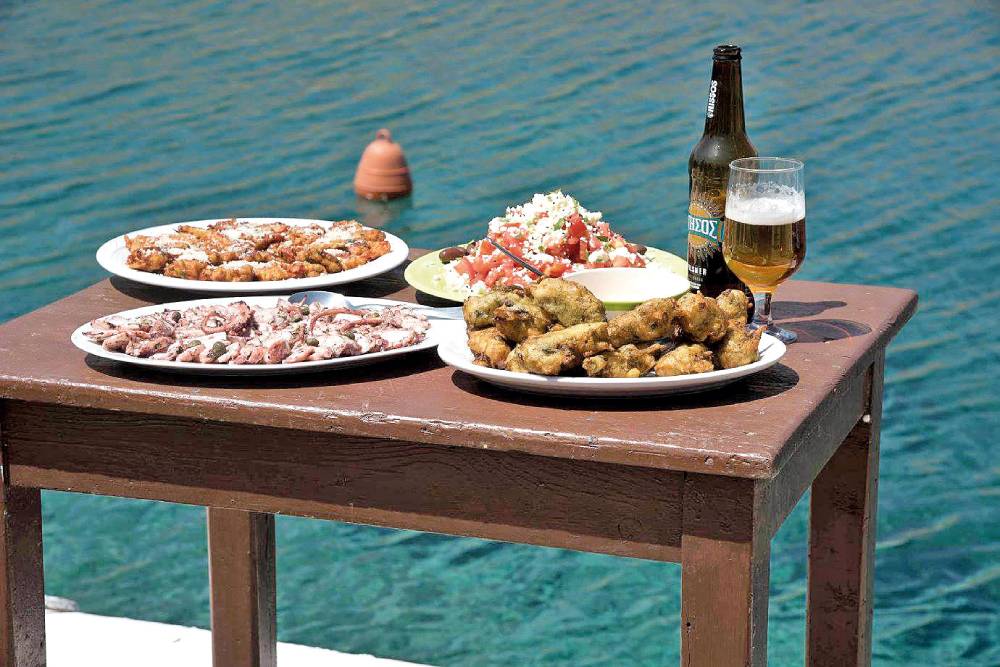
Housed in a beautiful neoclassical building from 1925, prominently located in the heart of Chora in Tinos, it hosts the International Music Festival, the Jazz Festival, numerous educational seminars, as well as Greek and international conferences every summer.
Tinos Festival
Every summer, the Municipality of Tinos hosts concerts, traditional festivals, theatrical performances, screenings, photography and painting exhibitions, book presentations, conferences, lectures, and commemorative events.

Permanent residents and visitors of Tinos can enjoy music, participate in traditional celebrations, attend theatrical performances, explore exhibitions, join book presentations, engage in interesting discussions, and learn about the island’s culture and traditions.
Volax: Lunar Landscape
Volax or Volakas is one of the most unique villages on Tinos! Built at an altitude of 340 m, 17 km. from Chora (the main town), it stands out with its lunar landscape, unlike anything you’ve seen before.
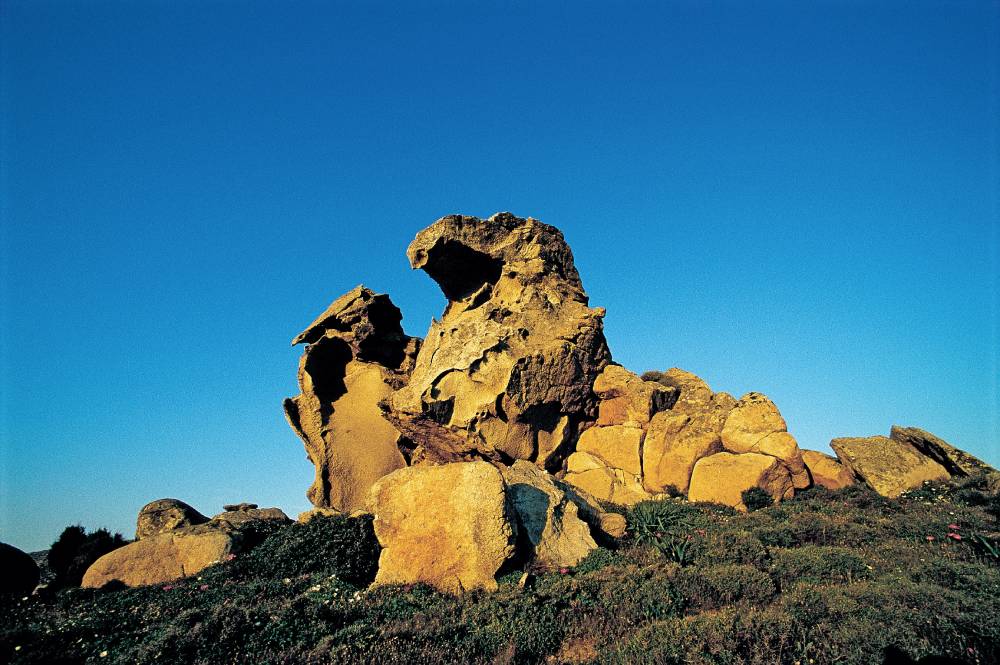
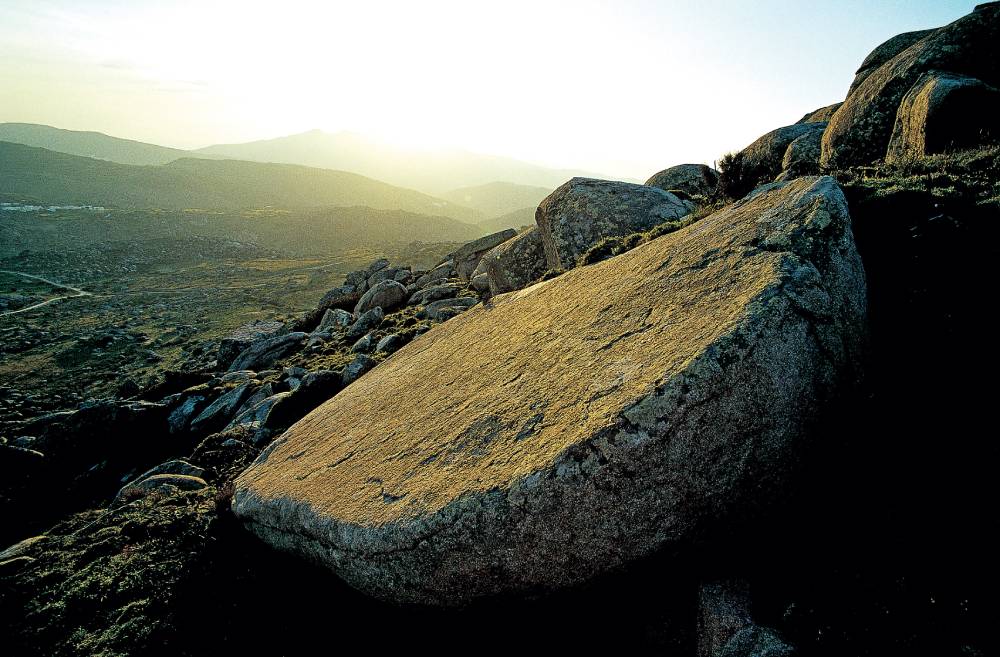
Myth has it that the rocks are the result of the Titanomachy, the battle between the Titans and the Gods of Olympus. The battle took place on Tinos, and the rocks served as the weaponry of the two superpowers. References to these events can be found in Homer and Hesiod.
The Craftsmen of Basket Weaving in Volax
Baskets from Volax are sold on the commercial road to Panagia, and ethnographers note that this is not a craft aimed at meeting family needs, but rather specialized craftsmanship providing employment for an entire village.
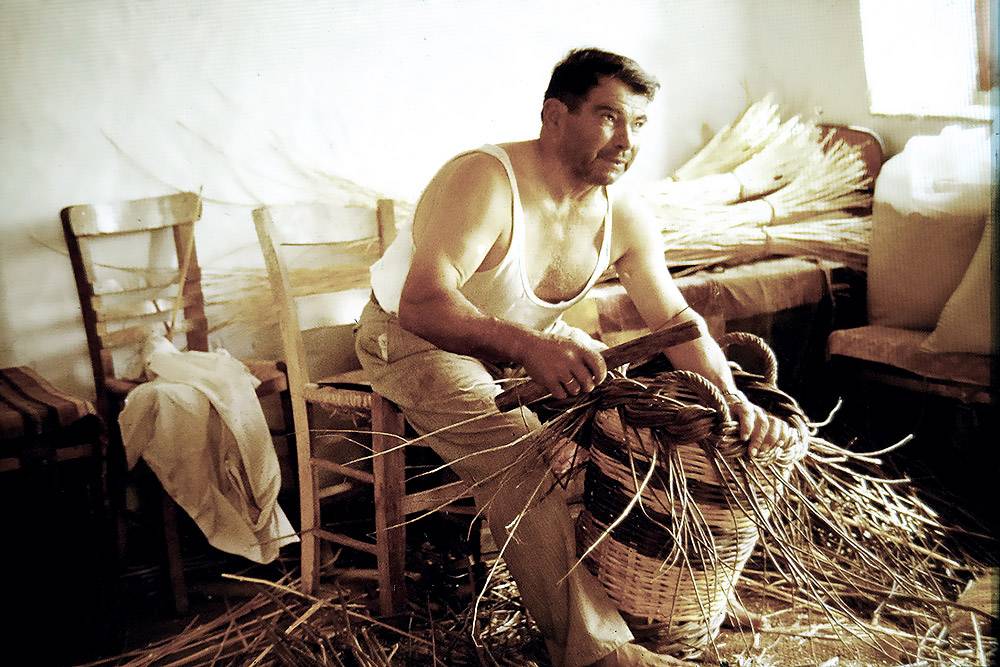
The people of Volax, with their baskets, mats, and straw bags, awaited the arrival of the passenger ship that would bring travelers and pilgrims to sell their goods.
Hiking
Tinos offers approximately 400 kilometers of trails waiting to be explored.
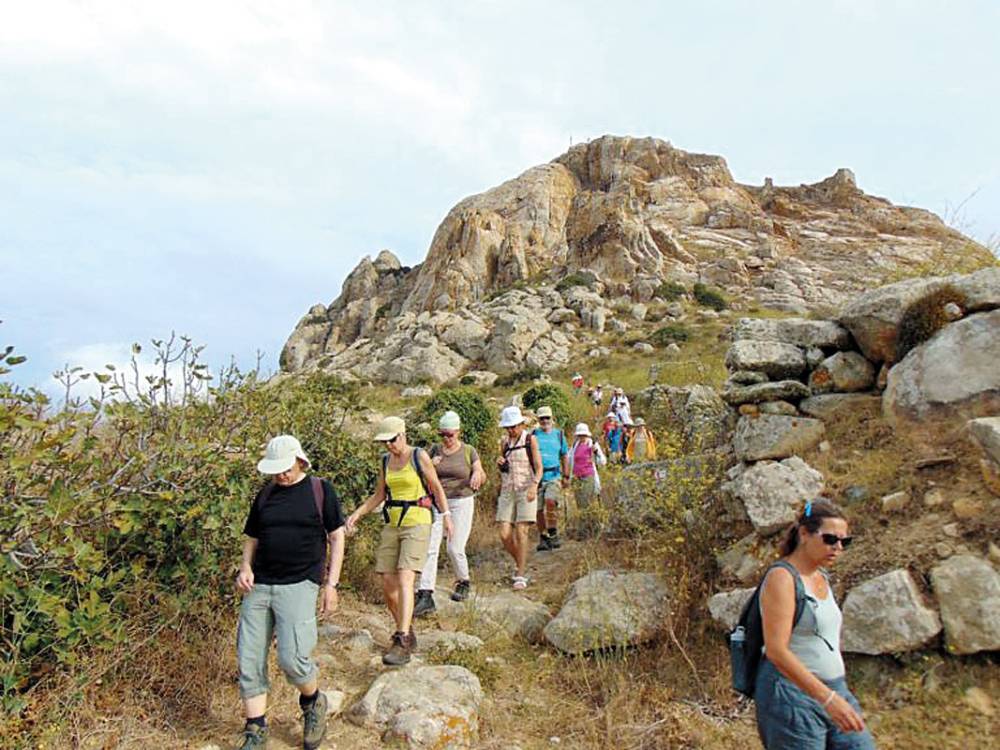
- Exombourgo Loop: A circular route around the granite mountain of Exombourgo.
- Tarambados/Komi: An easy downhill path with plenty of greenery, passing through 4 of the island’s villages.
- Pyrgos/Panormos/Pyrgos: A hike through the heart of the marble villages, and many other routes.
Cycling
Explore the island’s interior, discovering picturesque villages, beaches, dovecotes, and the fertile plain of Komi.
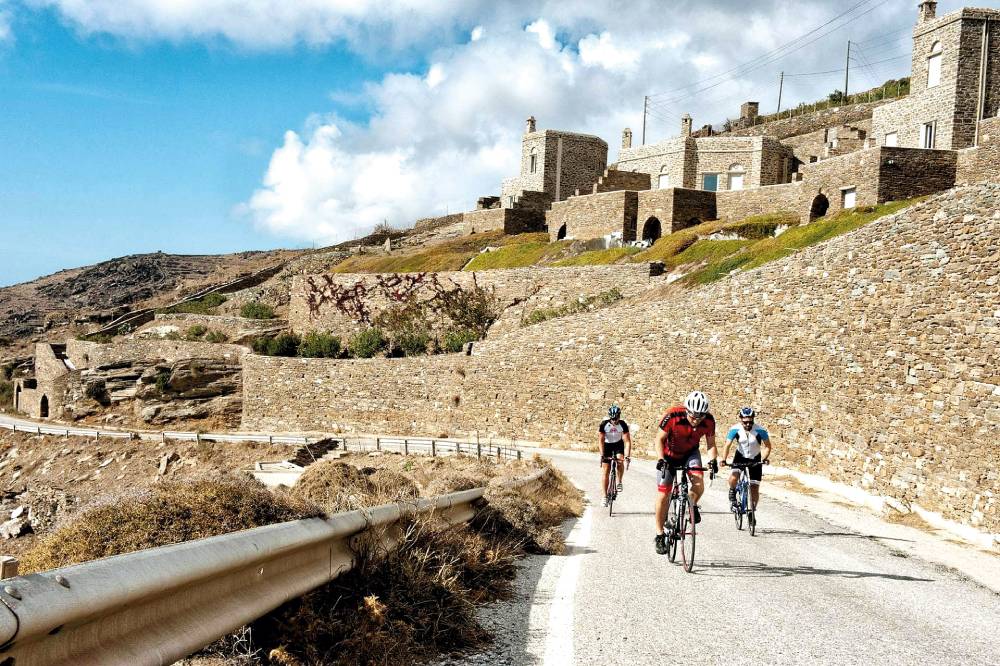
Climbing
The granite mountain of Exombourgo is a beautiful rugged cliff with a long history, as it served as a refuge for the island’s residents from various attacks since ancient times. The climbing area extends along its steep side.
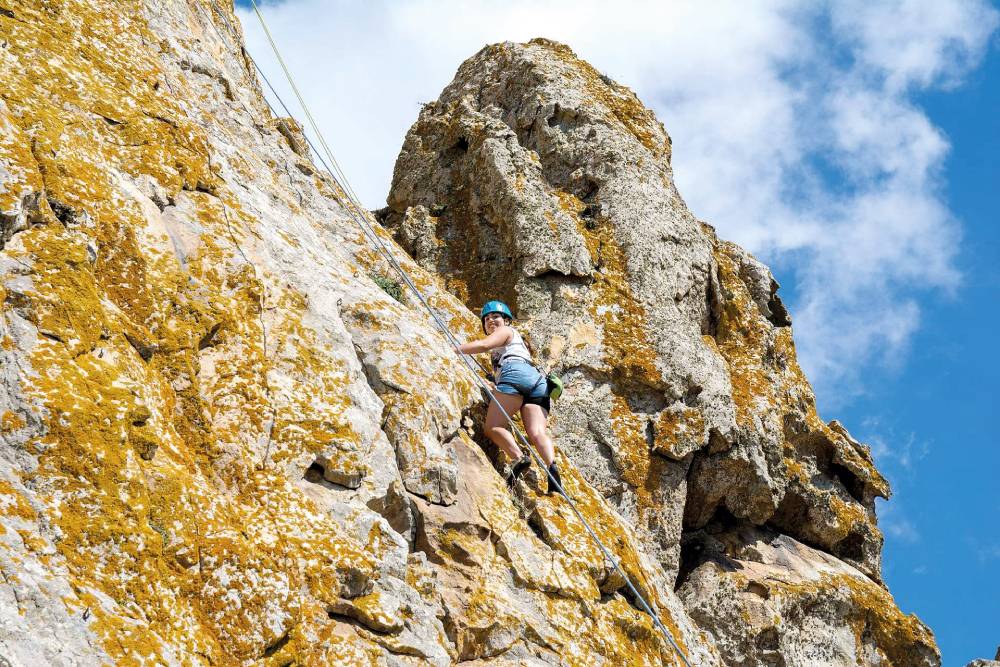
Climbing in the area is done safely, adhering to all safety measures, allowing one to experience the unique sense of freedom and adrenaline that this sport offers.
Tinos Running Experience
The race is organized by the Commercial and Industrial Association of Tinos, in collaboration with the South Aegean Region and the Municipality of Tinos, featuring races of 21 kilometers, 10 kilometers, and 5 kilometers. For children, there is the Tinos Kids Run (1 kilometer) and the Tinos Special Run (100 meters).
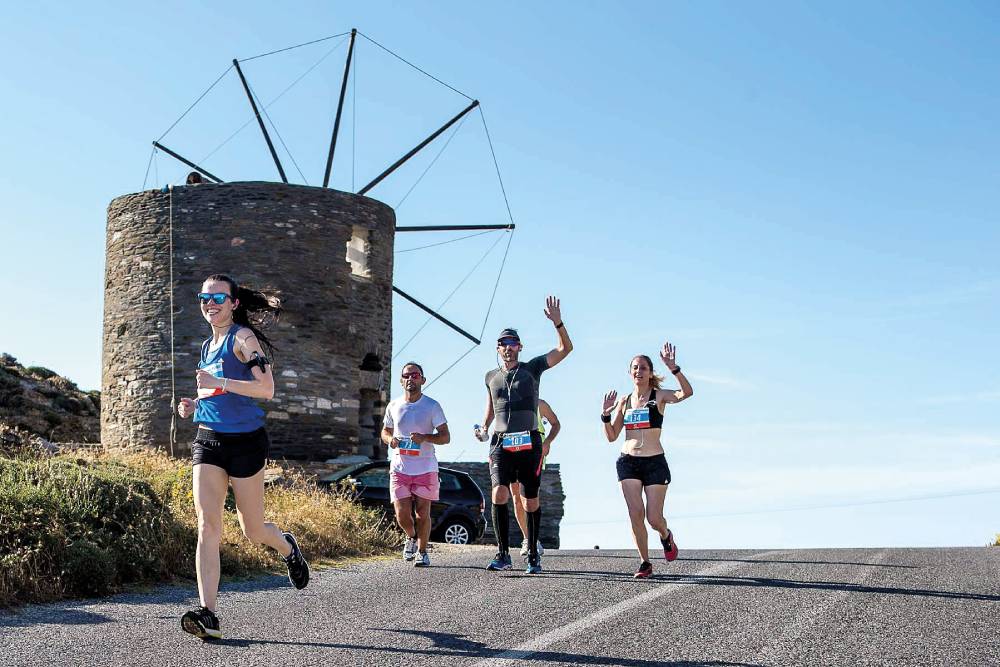
Tastes and Scents of Tinos…
The pure products of the Tinos land, its delicious cheeses (petroma, malathouni, balaki, kariki, fresh and aged mizithra and graviera), its flavorful cold cuts (louzes, smoked pork, air-dried salami, sausages), its wines and the “Nisos” beer, the vinegary baby artichokes, as well as its mouthwatering sweets (“psaraki” with walnut and spices filling, bite-sized sweet cheese pies, pasteli wrapped in lemon leaves, intricately patterned xerotigana, cherry preserves, loukoumia) elevate our palate!
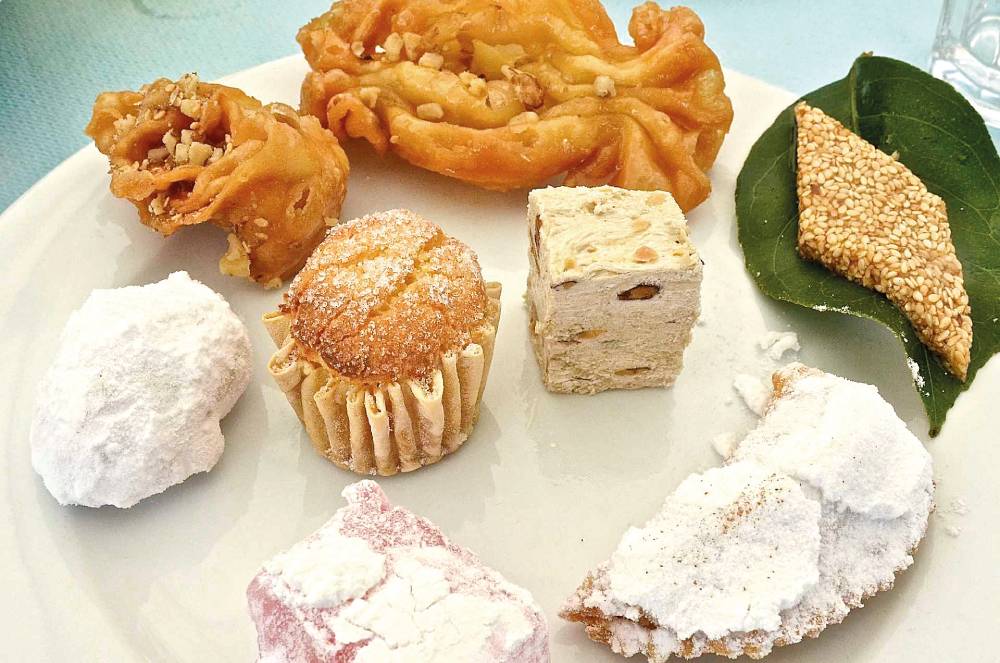
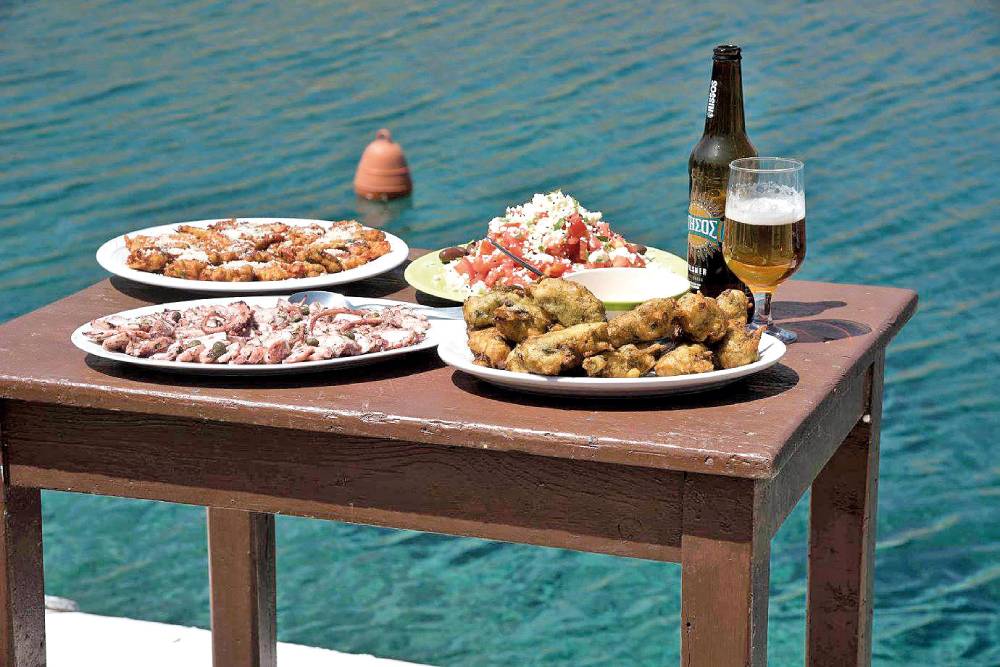
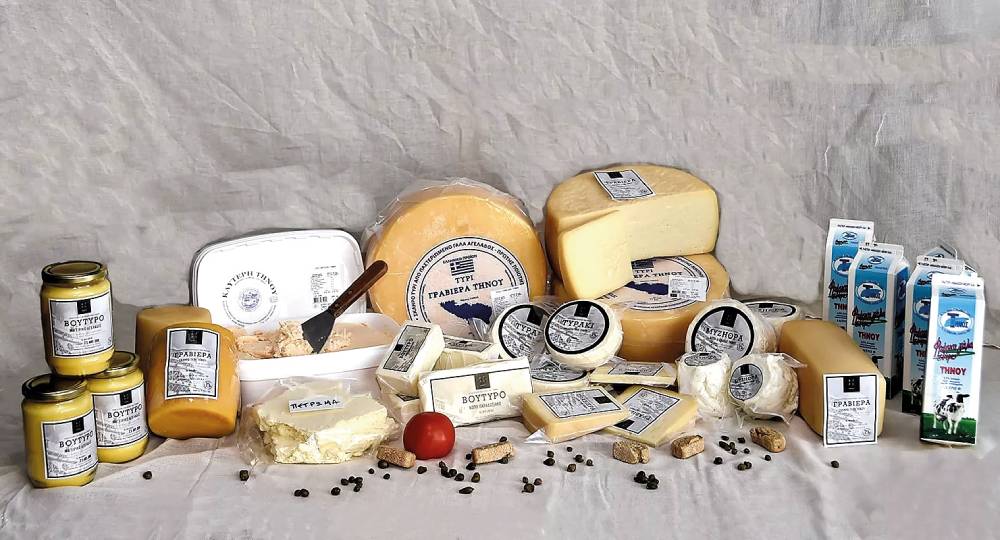
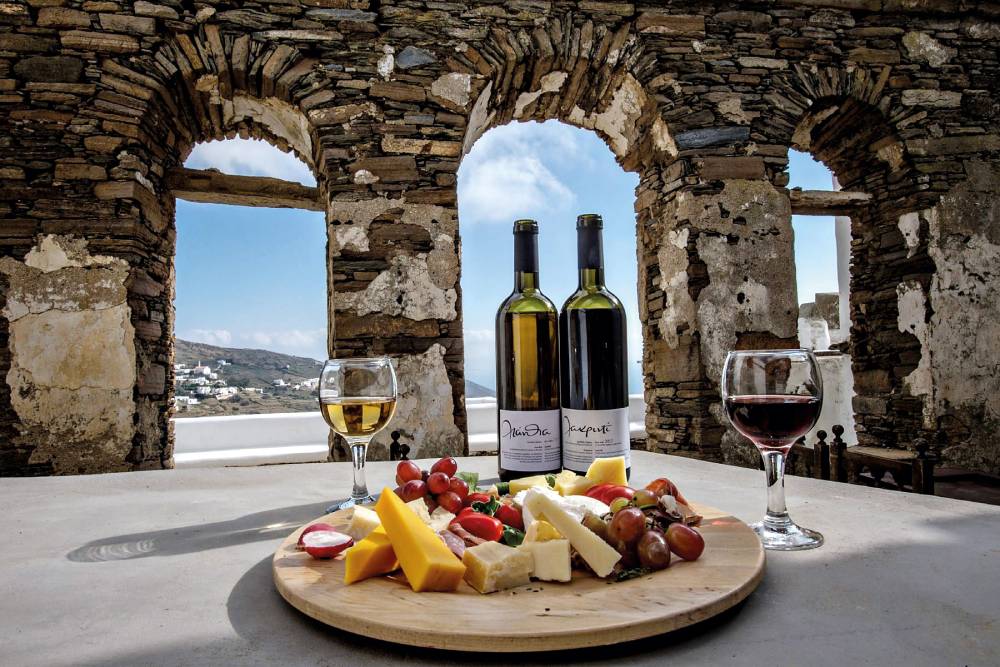
The old recipes of grandmothers are transformed in the hands of the new generation into imaginative creations, along with the traditional breakfast… became the inspiration for us to travel to Tinos! Through the deliciousness of traditional flavors and pure products, Tinos undoubtedly stands as a strong gastronomic destination!
Places to visit
The Church of the Annunciation in Chora.
The villages of Kardiani and Ysternia.
The picturesque villages of Triantaros, Dio Choria, and Volax.
The dovecotes in Tarabados.
The village of Falatados.
The marble-covered Pyrgos and the coastal Panormos.
The Monastery of the Assumption of the Virgin Mary (“Lady of the Angels”), 10th century, on Mount Kechrovouni.
The Monastery of the Sacred Heart of Jesus in Xombourgo, one of the major pilgrimages of the Catholic Church.
Xombourgo and its Catholic churches.
The Ysternia Cove for fresh fish by the sea.
Kolymbithra Beach for ouzo with a sea view.
The Marble Crafts Museum in Pyrgos.
The Kostas Tsoklis Museum, featuring works of the renowned painter, in Kampi Tinos.
The Traditional Ceramics Museum of Tinos in Aetofolia village.
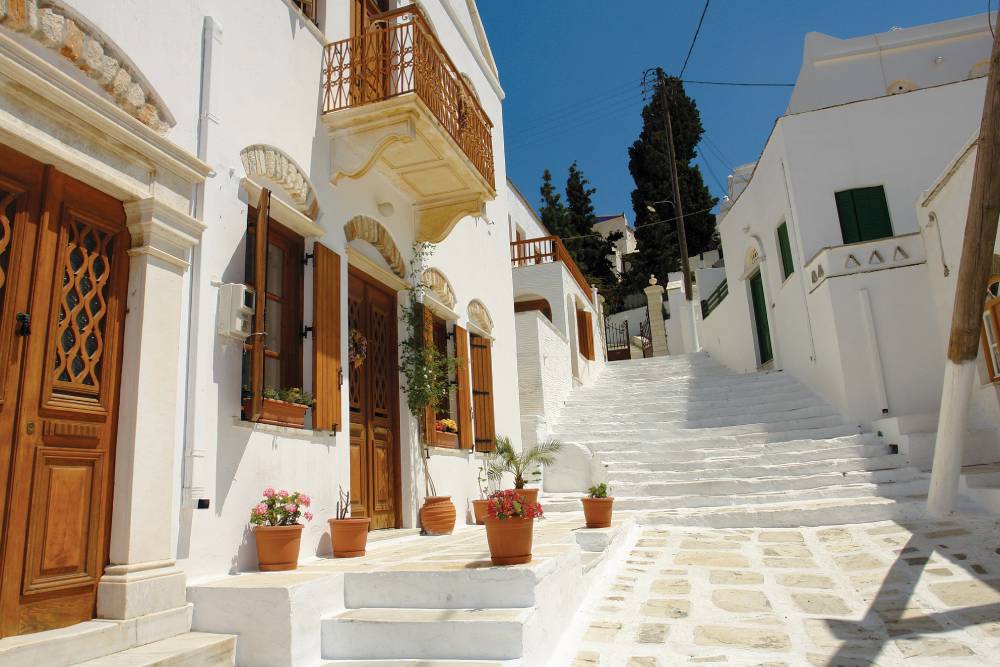
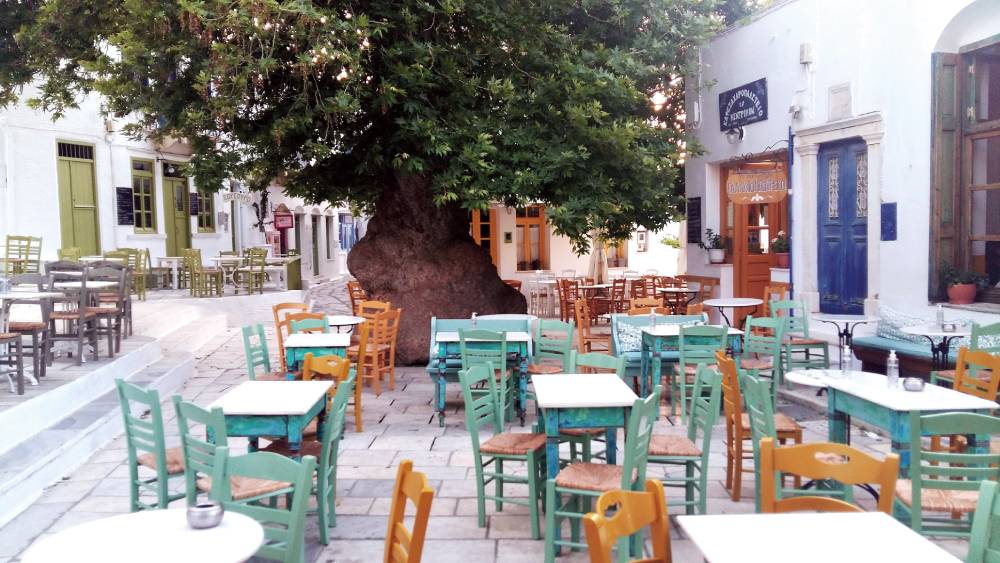
Traditional Drinks
Raki or Strofilia is the local drink of Tinos.
Tinian raki has the characteristic aroma of thyme.
“Rakizio” is a widely spread tradition and a reason for celebration.
Among the Tinian wines, particularly famous are the Askathari and the Aspropotamisio.
Soumada is a non-alcoholic drink made from bitter almonds and traditionally served at weddings.


